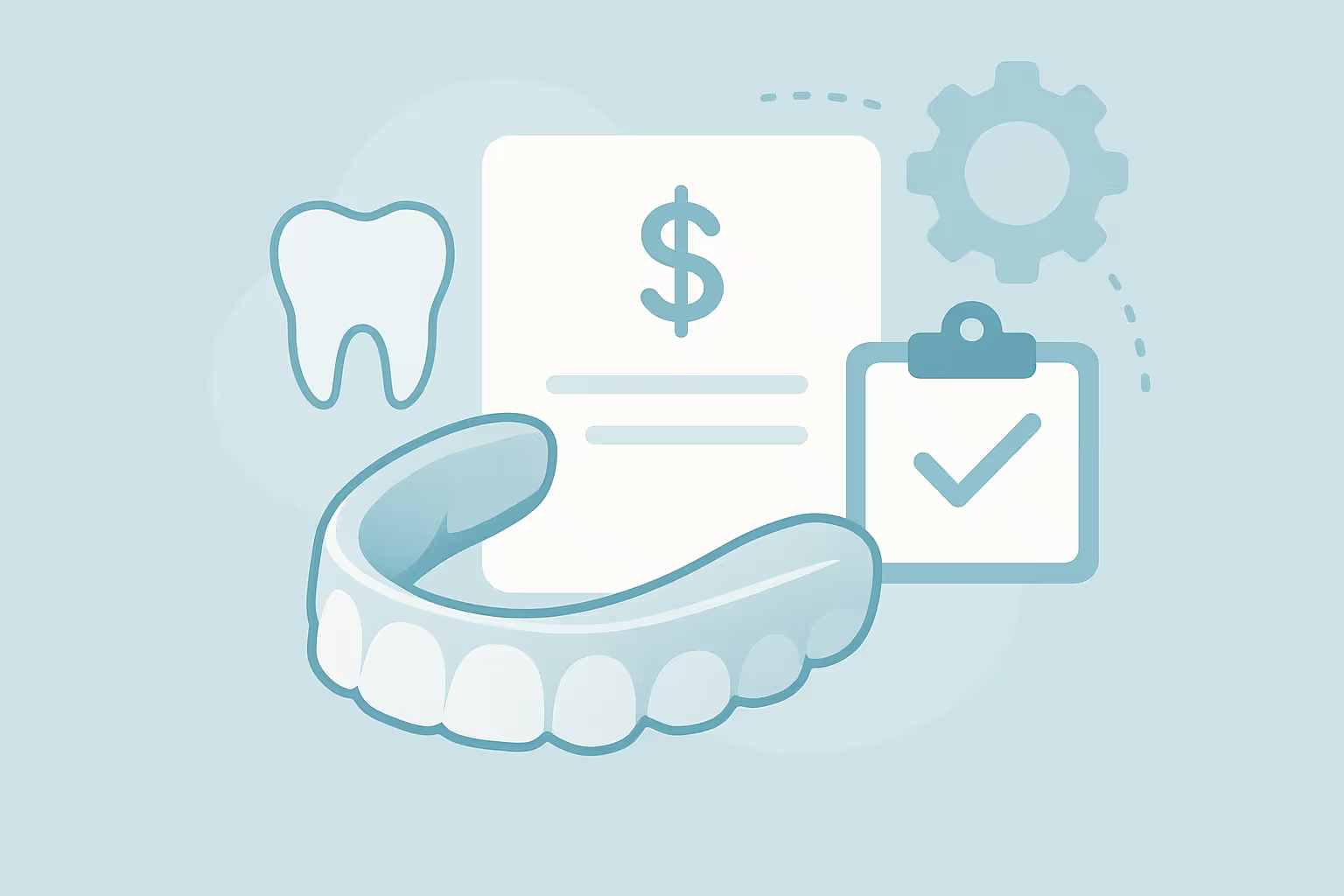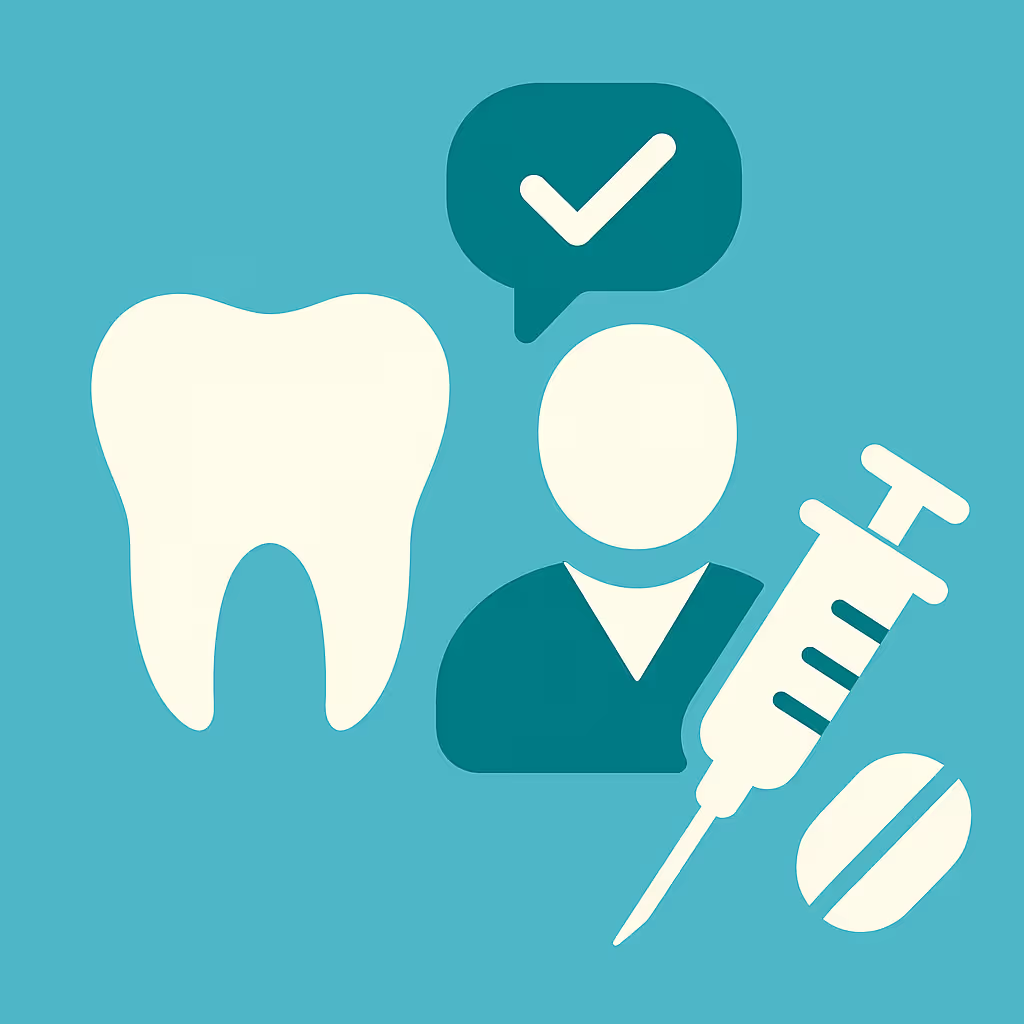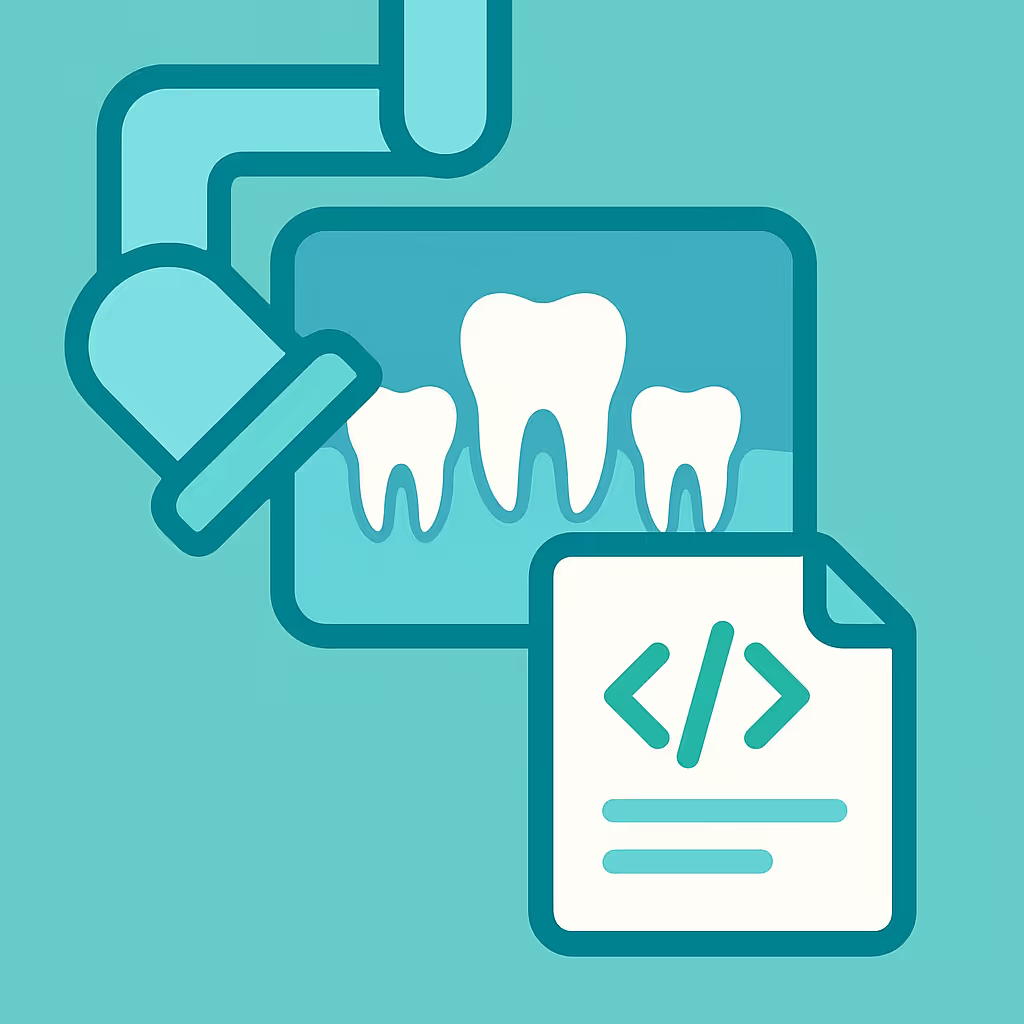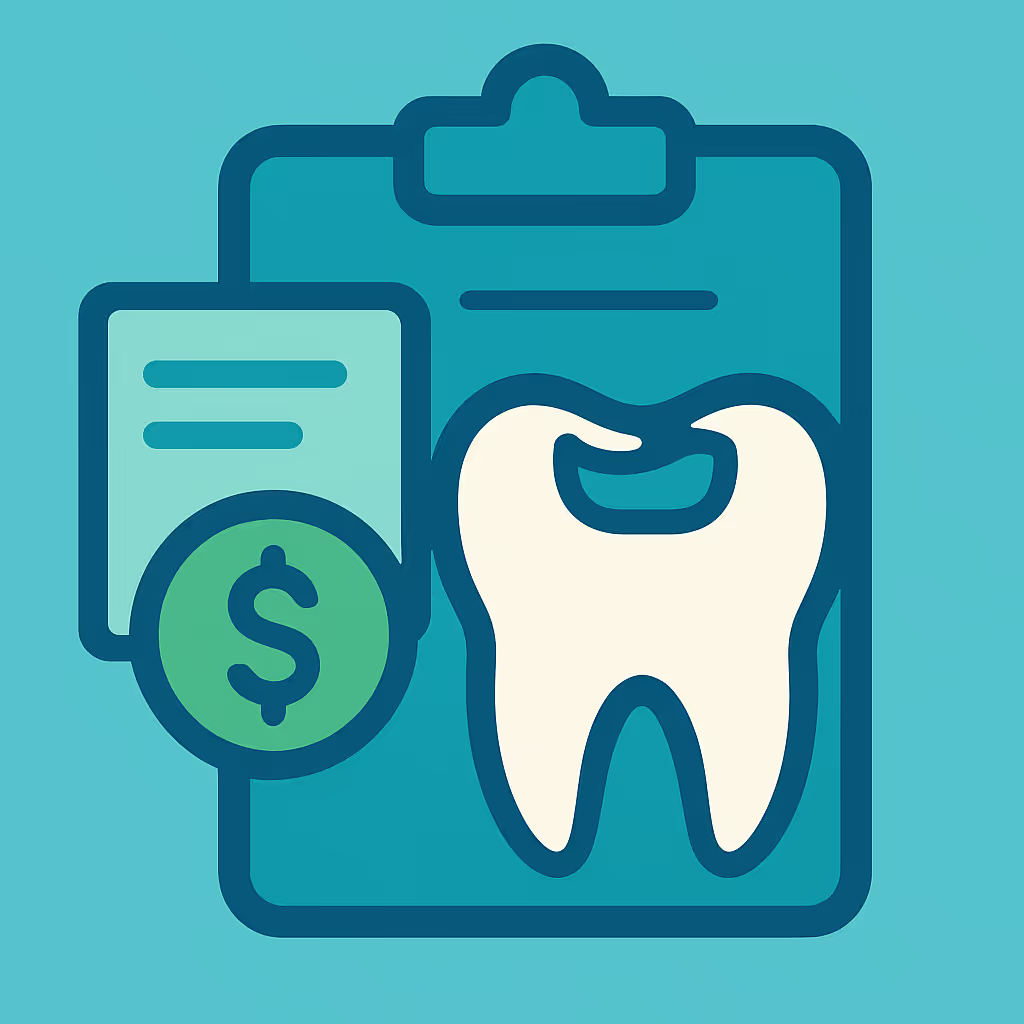Understanding Dental Code D9946
When to Use D9946 dental code
The D9946 dental code is designated for an occlusal guard – hard appliance, partial arch. This CDT code is used when a patient requires a hard, custom-fabricated occlusal guard that covers only part of the dental arch, typically to manage conditions such as bruxism (teeth grinding), clenching, or to protect dental restorations. It is important to note that D9946 is specific to hard appliances and partial arch coverage; for full arch or soft appliances, other codes such as D9944 or D9945 should be considered. Proper code selection ensures accurate billing and reduces the risk of claim denials.
Documentation and Clinical Scenarios
Accurate documentation is essential when billing D9946. Clinical notes should clearly state the diagnosis (e.g., bruxism), symptoms (such as jaw pain, tooth wear, or headaches), and the necessity for a hard, partial arch appliance. Include details about the appliance type, material, and the specific arch (upper or lower) being treated. Photographs, diagnostic models, and charting evidence can further support the claim. Common scenarios for D9946 include patients with localized grinding patterns, partial arch restorations needing protection, or specific TMJ disorders where a full arch guard is not indicated.
Insurance Billing Tips
To maximize reimbursement for D9946, follow these best practices:
- Insurance Verification: Always verify the patient’s dental benefits before treatment. Many plans have limitations or frequency restrictions for occlusal guards.
- Preauthorization: Submit a preauthorization request with supporting documentation (diagnosis, clinical notes, and images) to determine coverage and avoid surprises.
- Claim Submission: Clearly indicate D9946 on the claim form, attach all supporting documents, and specify the arch and appliance type. Use narrative explanations to justify medical necessity.
- Handling Denials: If a claim is denied, review the Explanation of Benefits (EOB) for the reason. Prepare a detailed appeal letter with additional documentation, emphasizing the patient’s clinical need and the appliance’s role in preventing further dental complications.
Example Case for D9946
Case Study: A 42-year-old patient presents with significant wear on the lower right quadrant, jaw discomfort, and a history of bruxism. After evaluation, the dentist prescribes a hard, partial arch occlusal guard for the lower right segment to protect recent crowns and alleviate symptoms. The clinical notes detail the diagnosis, treatment rationale, and appliance design. The office verifies insurance benefits, submits a preauthorization, and includes intraoral photographs and a narrative with the claim. The claim is approved, and the patient receives coverage for the D9946 appliance, resulting in successful reimbursement and improved patient care.





